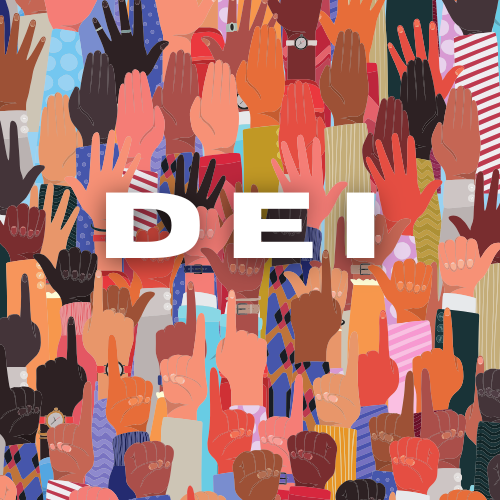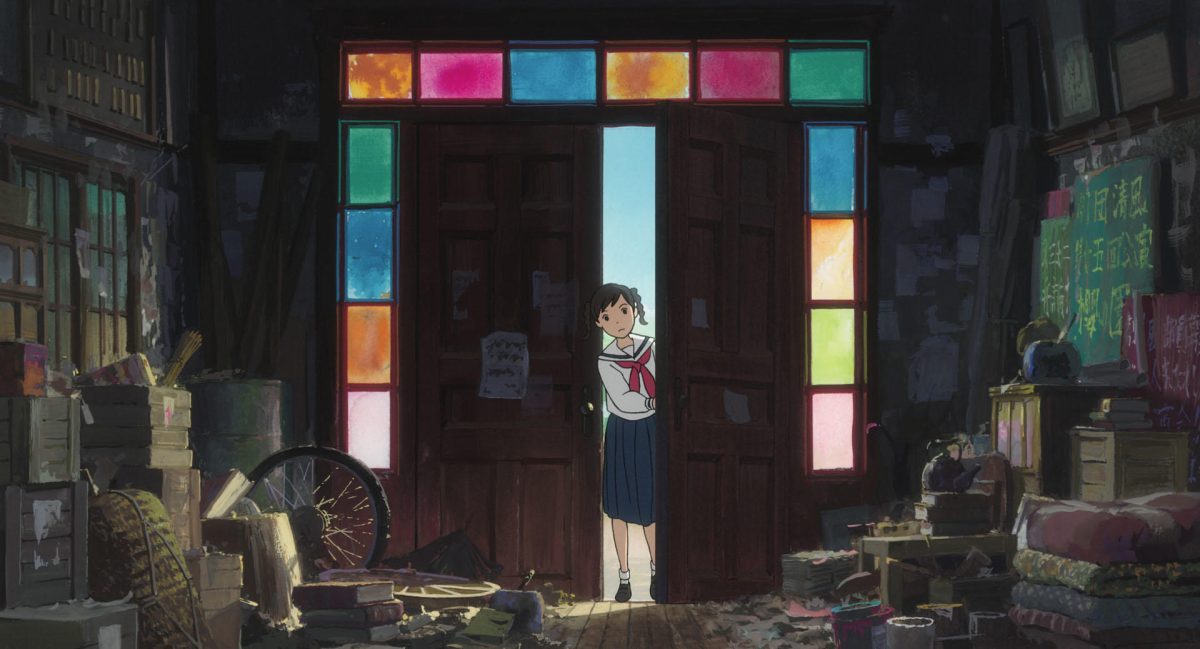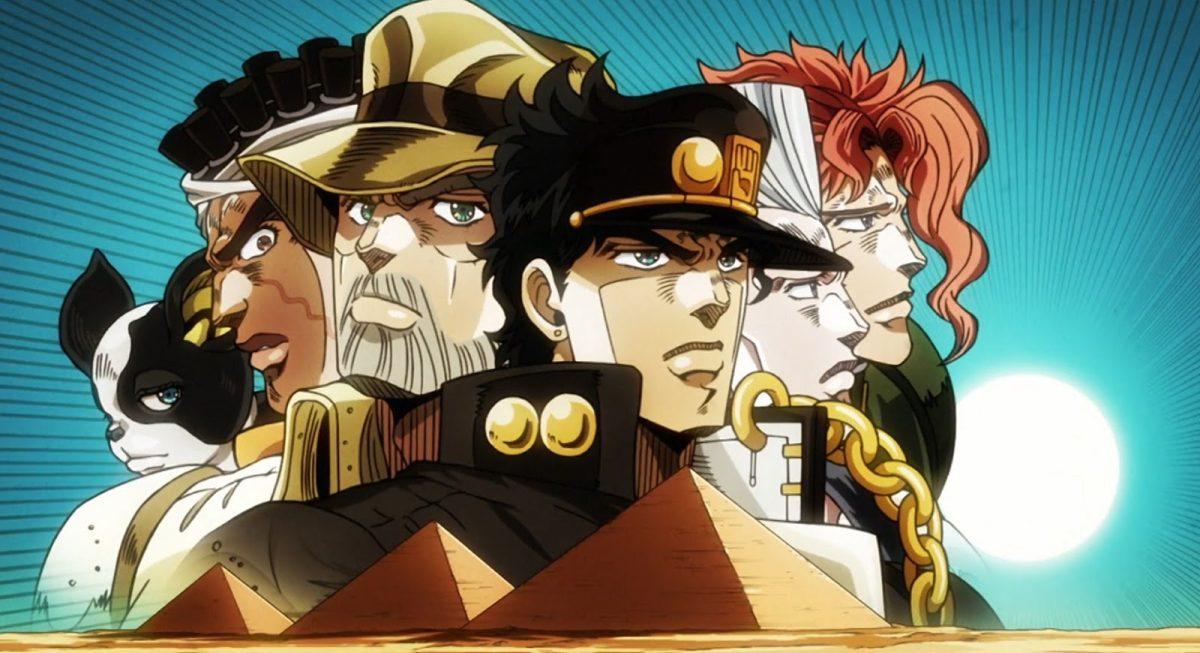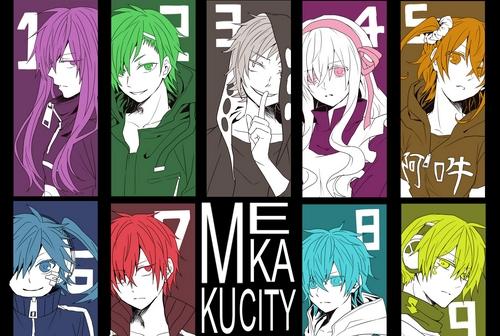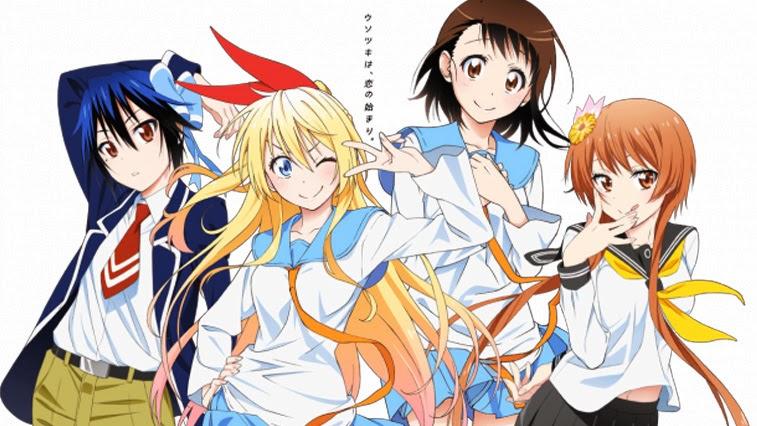When stepping into a job interview, most applicants study as much as they can about the company they are applying to. This can aid an applicant building their resume and rehearse what to say to showcase their skills in order set themselves apart from the rest of the crowd. This competitive mindset is prevalent beyond western borders and is best seen by how entertainment and the media have changed to fit the bill.
Since the ending of Naruto and a few other significant anime and manga (Japanese comic books), there has been a shift in what types of entertainment has been produced. Series’ such as Naruto and Fairy Tail boasted the “power of friendship” trope since both of their inceptions. While arguably shallow, they both delivered home a point of overcoming challenges together as one unit.
While each show had its main characters, there would usually be an attempt to form bonds with the current villain(s) of the current arc (otherwise known as “Talk no Jutsu” among fans of Naruto”). This was usually done with an explanation of a main character speaking of or recalling fond memories with people they have a positive relationship with.
Anime with a similar message seem stagnant in popularity when compared to the newcomers that have replaced the previous titans, and there is a good reason for it.
The cultural differences between high school and college students in Japan and the United States have reached a point where they seem to mirror each other. Why do students want to go to good colleges? So that they have a higher chance of their university’s name pushing them to the top of a mountain of resumes.
Boku no Hero Academia (My Hero Academia) follows similar themes taken from both previous hit anime while being relatable to students currently undergoing through the struggle of every day academics. The main difference between BnHA and its predecessors is easily seen with how the cast interacts with one another.
The main character and his classmates enter a prestigious high-school to become professional superheroes- license and all. This goal is shared among every character, but each have their own motivations that drives them.
How each character goes about achieving their goals is similar to standardized tests and competitions. To intern with a high ranking professional hero, each student needs to separate themselves from the herd in some way. This is shown by how every aspiring hero hones their unique superpower (“quirk”) to catch the eye of a recruiter.
The same can be said for students in the real world. People you see in your classes over the course of four or five years are just like you. Everyone has something they wish to accomplish, but how people go about it is up to them. Students have “quirks” of their own that they must capitalize on to truly set themselves apart from the crowd much like those seen in BnHA.
Outside of the “battle” genre commonly seen in anime & manga, another series embodies what it means to stand out, but in the form of competitive ballroom dancing.
Ballroom e Youkoso (Welcome to the Ballroom) focuses on all the points previously mentioned, but in a more realistic setting. In competitive ballroom dancing, a pair/couple must out preform their fellow competitors in a specific genre of dance by capturing the attention of the judges. If successful in this, it raises the chance for that pair to achieve a high enough score to move on to the next round until they eventually win the competition altogether.
A common theme shared among BeY and BnHA, is to find what you are good at and keep practicing it (without completely neglecting other valuable fields). Where one pair may excel in the traditional Waltz, another pair may be even better at the Foxtrot. Alternatively, that same pair may struggle immensely in the Quick Step category.
Both new age series’ give their own insight on what it takes to be somebody in the professional world, whether it’s being a superhero, or world-famous dancer. One possibility for the success of these types anime, may be due to the state of young people trying to pave a path open for themselves.
By finding your own strengths and weaknesses, you may be able to propel yourself into the spotlight to the right company.

